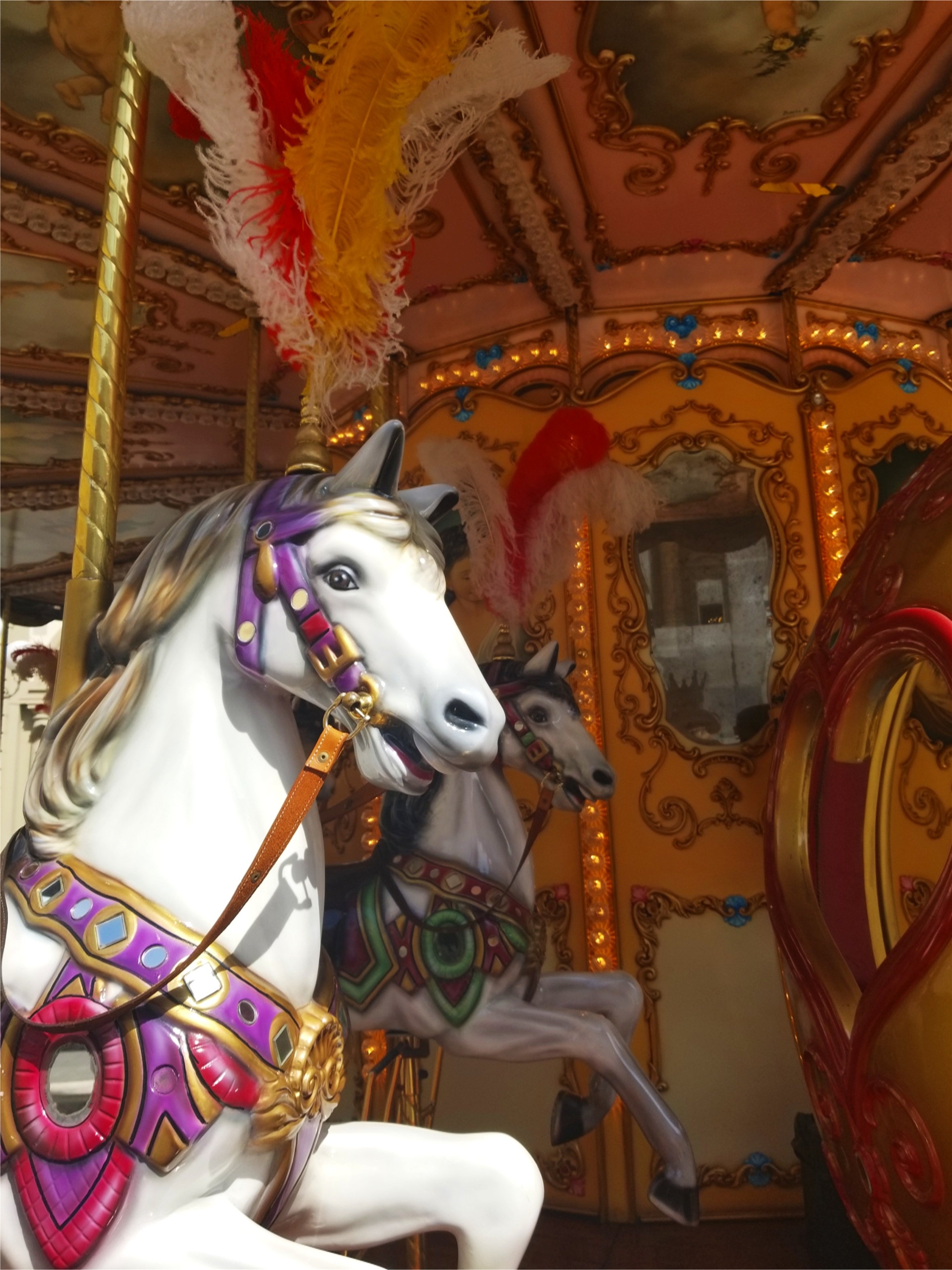Lighting Overview
General Overview
Lighting is a fundamental element of great photography. Before exploring camera modes or advanced settings, it’s crucial to understand how light shapes an image—affecting contrast, depth, and mood.
Non-Techies Rejoice!
Great news—you don’t need to be a tech expert to take great photos!
Most of the time, your phone handles lighting decisions beautifully on its own with great results. Many of the images on this site were created by simply understanding light and choosing the right one-touch mode, not by adjusting every setting manually.
Techies Unite!
If diving into the details sounds fun—this part’s for you!
(And if it doesn’t, feel free to skip ahead over the technical elements to the Lighting Principles. You won’t miss a thing for everyday photography.)
A photograph is simply light captured by a camera, and the exposure of an image is determined by how much light reaches the sensor. Balancing these three elements is key to achieving the perfect exposure.
Three key settings control exposure: ISO, shutter speed, and aperture.
🔆ISO: Adjusts the camera sensor’s sensitivity to light.
Higher ISO brightens the image but may introduce “noise,” or graininess.
Lower ISO keeps the image cleaner, or sharper, but requires more light.
⏱️Shutter Speed: Controls how long the sensor is exposed to light.
Faster speeds freeze motion but let in less light.
Slower speeds allow more light but can cause motion blur.
🌙Aperture (f-stop): Regulates how much light enters through the lens.
Wider apertures (lower f-numbers) let in more light and create a shallow depth of field.
Narrower apertures (higher f-numbers) allow less light but keep more of the scene in focus.
The great news about “phone-tography” - your phone will make these types of lighting decision for you and usually does a great job!
Beginner Lighting Principles
We listed twelve fundamentals. Beginner (1-4), Intermediate (5-8), Advanced (9-12). It is easy to jump into any concept from the list below, or you can follow the Beginner, Intermediate, or Advanced Guides in the Composition dropdown menu.
1. Natural Light vs. Artificial Light
Understand how sunlight, indoor lighting, or flash affects your subject and mood.
2. Hard Light vs. Soft Light
Hard light creates strong shadows and contrast, while soft light (like an overcast day) is more diffused and flattering.
3. Golden Hour
Shoot during the hour after sunrise or before sunset for soft, warm, and flattering light.
4. Blue Hour
The period just after sunset or before sunrise for cooler, moody tones.
Intermediate Lighting Principles
5. Directional Light
Side lighting creates depth, backlighting adds drama, and front lighting reduces shadows for an even look.
6. Silhouettes
Position your subject against a bright background to create striking silhouettes.
7. Contrast and Shadows
Use shadows creatively to add dimension or drama to your photo.
8. Lens Flare
Embrace or avoid lens flare for artistic or clean effects by adjusting how light hits your lens.
Advanced Lighting Principles
Many of these techniques are beyond the needs of the average person wishing to capture great images on their phone.
Details and examples on these advanced concepts are not yet available.
9. Reflection and Diffusion
Use surfaces like mirrors or diffusers to bounce and soften light. Although this section in not expanded in the lighting section, you can visit the “Windows” page of the website, which appears under “Subjects” for some great tips!
10. Exposure Triangle
Master aperture, shutter speed, and ISO to control how light enters the camera and impacts your photo.
11. High Key and Low Key Lighting
High key uses bright lighting for a clean, airy look, while low key uses shadows and darkness for drama.
12. Light Temperature
Adjust white balance to avoid overly cool (blue) or warm (yellow) tones in your images.
Mastering the way natural and artificial light interact with your subject ensures that when you do adjust settings, you’ll be using them to enhance the visual impact and storytelling power of your photos.
“Light makes photography. Embrace light. Admire it. Love it.”









